Glitch: The true story of the post office scandal
RABBLE theatres production on one of the greatest miscarriages of justice in British history.
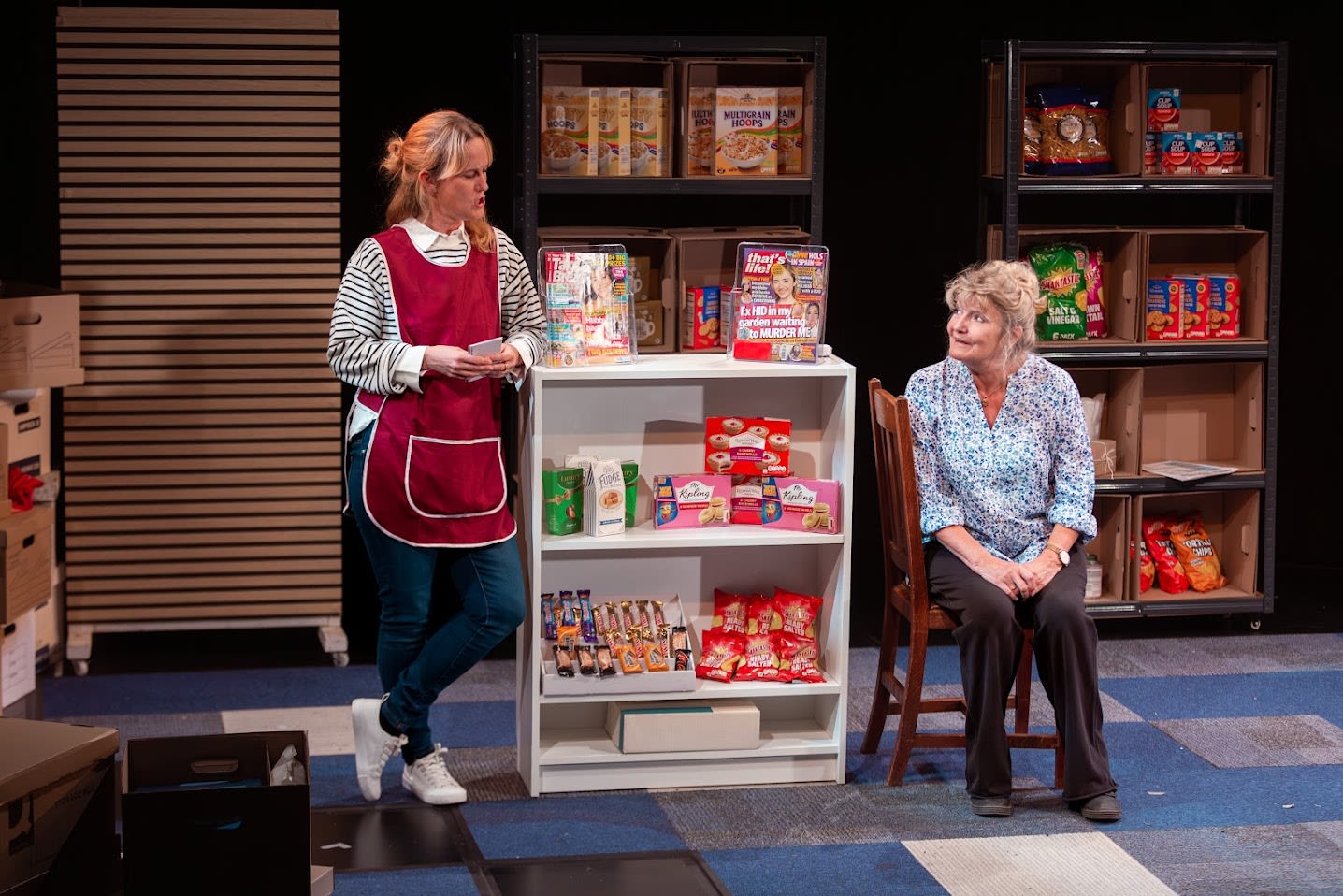
RABBLE Theatre continues to outdo itself with its new production, Glitch.
Glitch follows the real-life story of Berkshire sub-postmaster, Pam Stubbs.
We follow her whilst she recognizes an error in the new technology pushed into her life and navigates through an onslaught of intimidation, false statements, and undeserved blame.
All to prove her innocence and to push for justice, not just for her but for people who understand her story all too well.
It was a truly dynamic piece throughout.
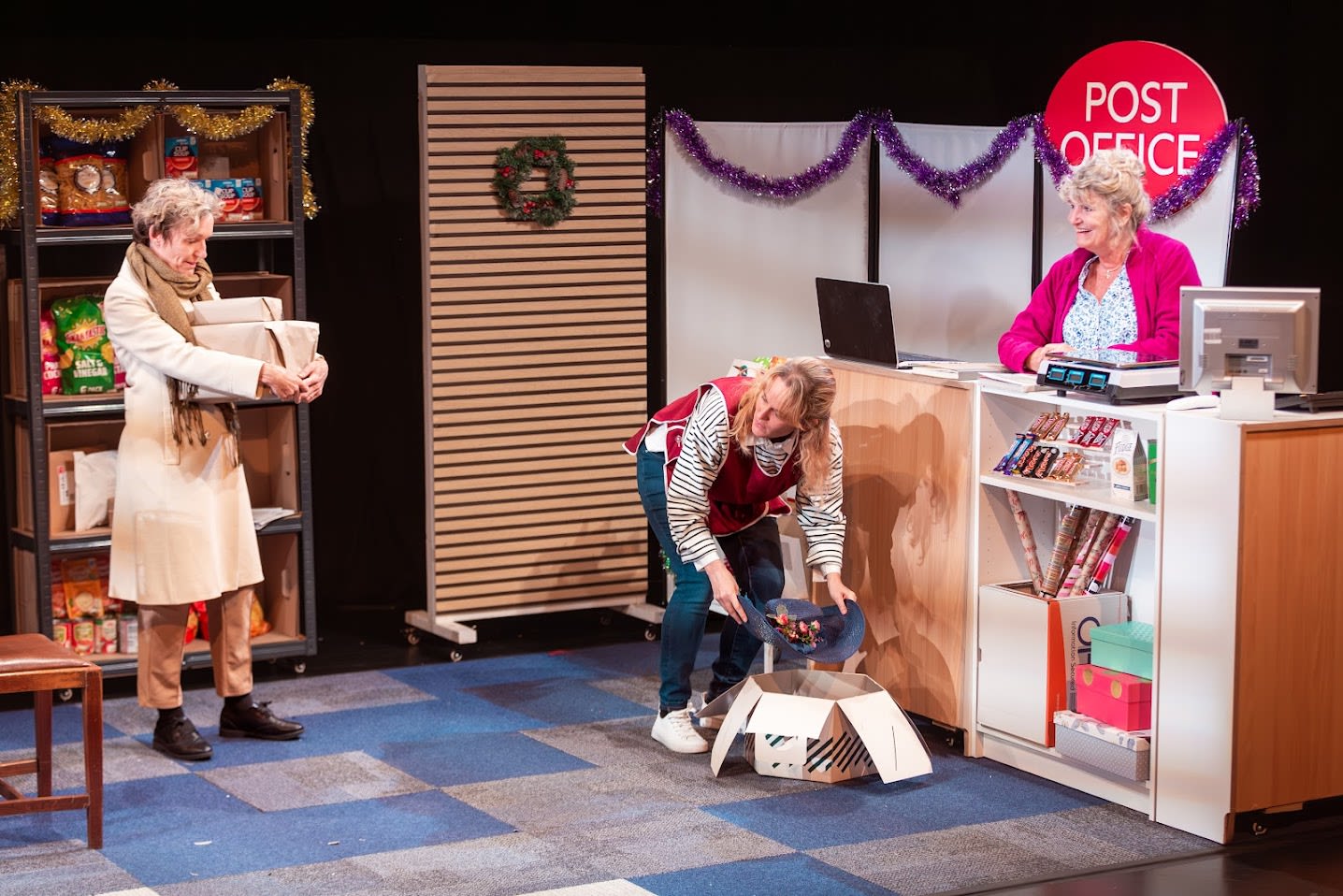
Credit / Annabel Crichard Photography
Credit / Annabel Crichard Photography
I believe anyone who can watch this performance will feel moved by It and understand the horrors sub-postmasters faced.
However, a brief understanding of this performance's history will add an additional layer to this emotional experience.
What Is The Post Office Scandal?
The British Post Office scandal, also known as the Horizon IT scandal, took place between 1999 and 2015.
The Post Office introduced an accounting software called Horizon, developed by Fujitsu.
This software, however, had consistent errors that put sub-postmasters countrywide into the accusing eyes of authority.
Thousands of innocent sub-postmasters were pursued by the Post Office for alleged ‘financial losses.’
Losses, that were in fact, a ‘Glitch’ caused by the system they were told to use.
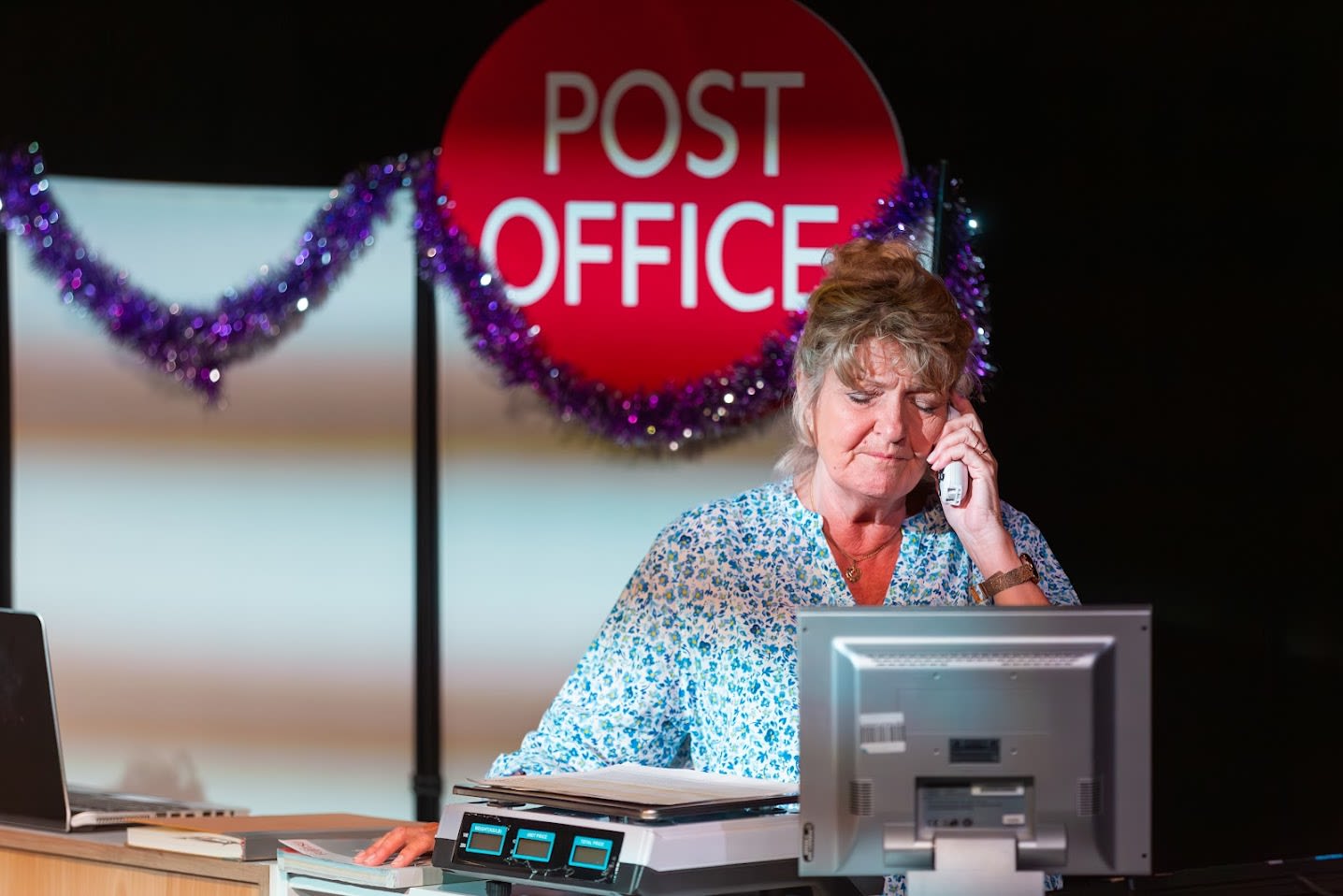
Some of the victims were convicted of theft, fraud, and false accounting.
Others faced financial difficulties, had their contracts terminated, or were forced to cover financial gaps caused by Horizon with their own money.
Money which many of them at the time, did not have.
This travesty of errors led to mental and physical illness, family breakdowns, and at least four suicides.
Prime Minister Rishi Sunak has described it as one of the greatest miscarriages of justice in British history.
Despite sub-postmasters reporting problems with Horizon to the company.
The Post Office insisted the system was robust and neglected to disclose knowledge of any systematic faults during legal cases.
Brief Plot
Within Glitch, we get to follow the true story of Pam Stubbs, a victim of this scandal.
Pam is introduced to us as a working woman who has recently lost her husband and has taken over his role.
In this new role, she begins to face difficulties with the Horizon software, Juggling being a postmistress for the community and battling the so-called IT helpline for answers.
The computer system accused Pam of losing thousands of pounds which the post office demanded she pay back.
We see Pam's emotional stresses and struggles as she attempts to fix the error tarnishing her name.
Pam Stubbs is suspended without notice and does not only lose her job but her reputation.
We see her journey to justice in court and her finding victims with whom she shares this tragic story of injustice.
We also get to hear the stories of some of these victims through touching monologues.
This piece was a moving, artistic, and factually accurate portrayal of the events that occurred.
Its performance allowed us as the audience to put a face and a name to the story many of us are so familiar with.
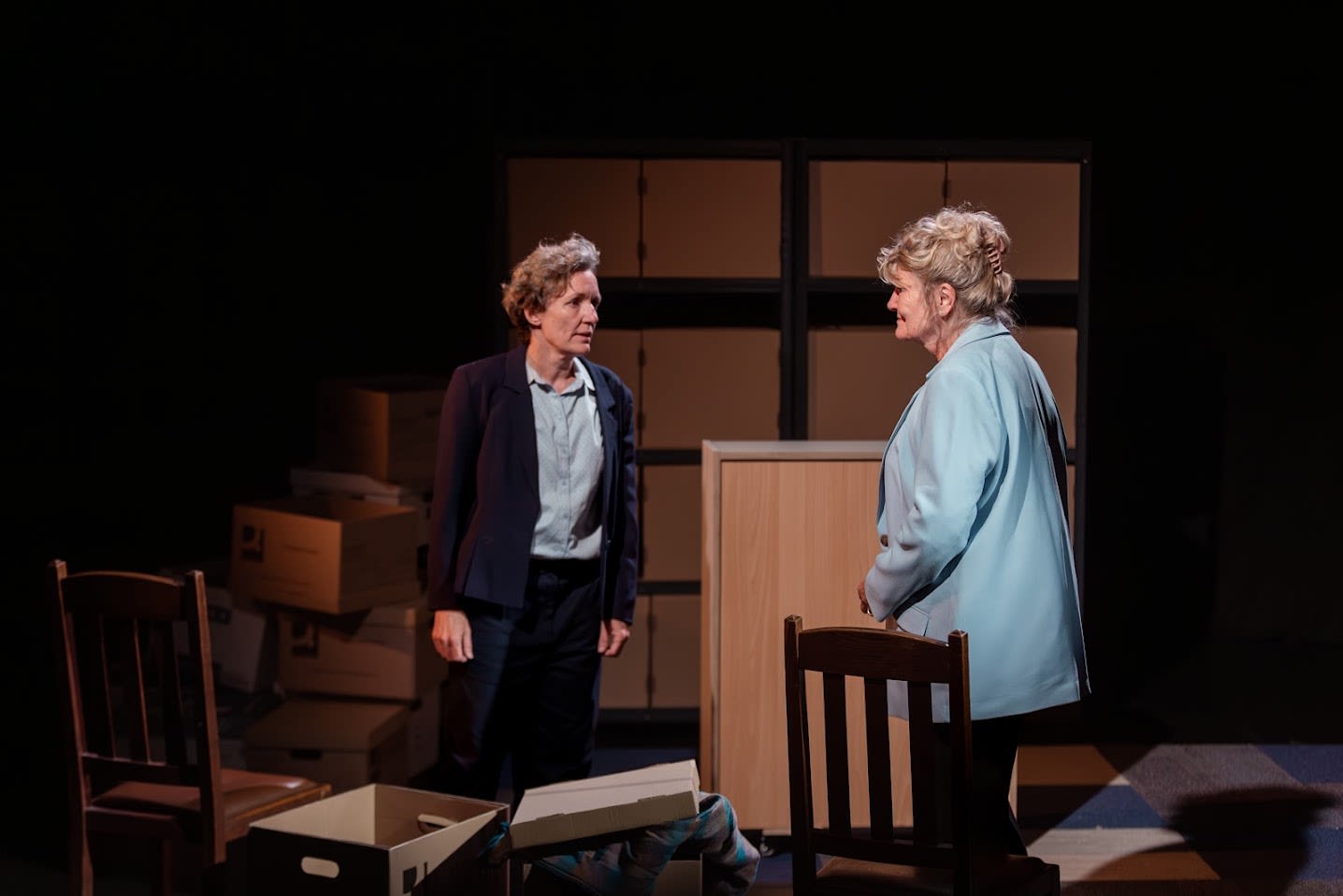
Credit / Annabel Crichard Photography
Credit / Annabel Crichard Photography
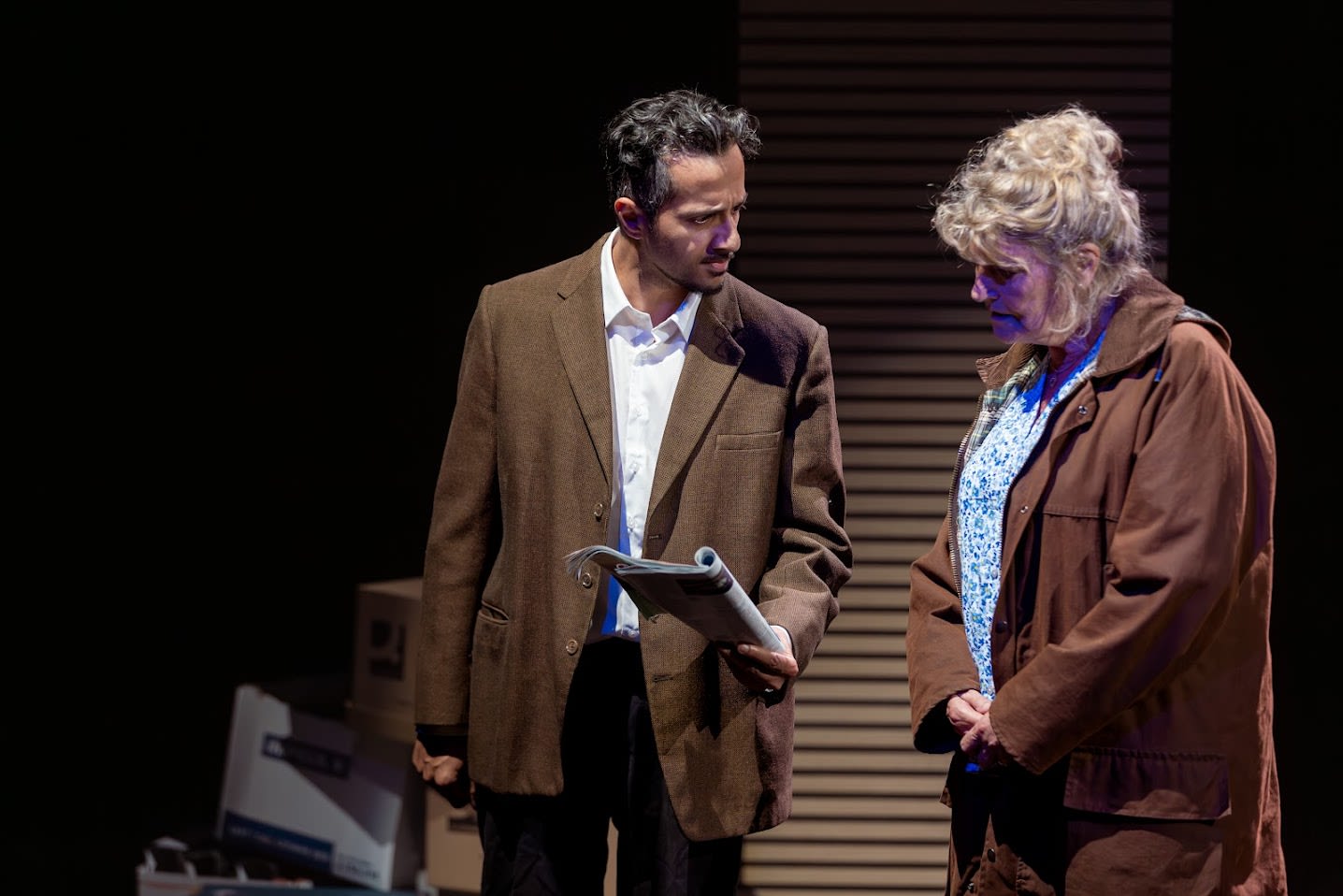
Credit / Annabel Crichard Photography
Credit / Annabel Crichard Photography
Personal Highlights
I would be doing this piece and the people behind it a disservice If I didn't comment on the monologues and the transitions between them.
The movement and lighting techniques in this performance reminded me of Frantic Assembly—a theatre company known for its innovative approach.
Transitions unfolded seamlessly through movement and lighting.
For instance, during a scene where Pam is surrounded by papers, cast members pick up those papers with concern, placing them on the ground for her review.
This seemingly simple adjustment had a powerful effect. It kept me, as an audience member, engaged throughout.
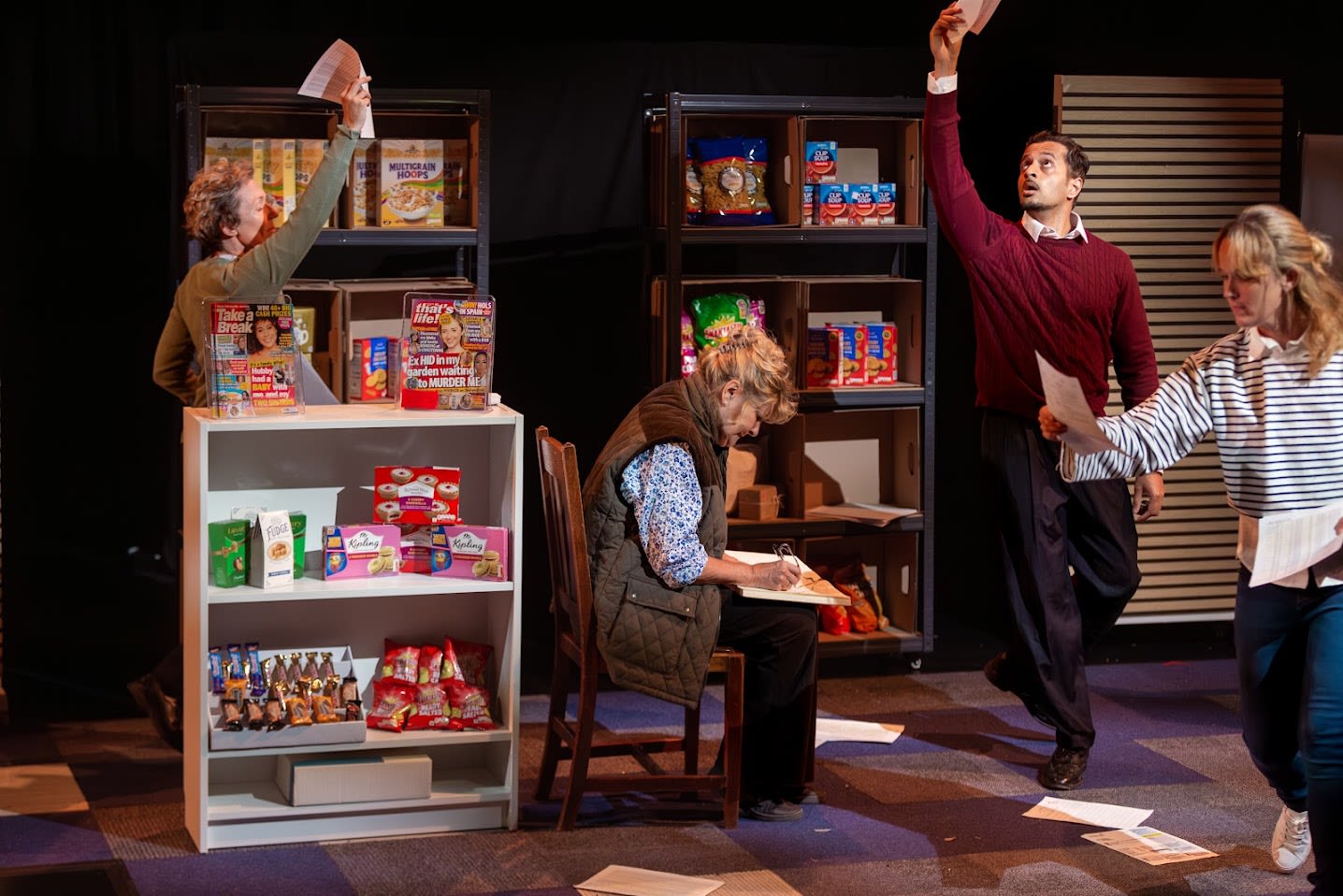
Credit / Annabel Crichard Photography
Credit / Annabel Crichard Photography
The absence of an interval made this technique even more effective. It allowed the story to progress naturally, and I commend the co-directors, Gemma Colclough and Benjamin Hudson, for their creative input. As well as Lighting designer, Oliver Welsh, whose work enhanced the overall experience.
Music and Sound Designer Benjamin Hudson wove radio clips into the fabric of the play, effectively transporting the audience through different timescales. This also created a somewhat immersive experience akin to browsing while listening to the radio in a real post office.
These radio snippets subtly provided context—hinting at the year and setting the overall atmosphere—without relying on direct speech. Hudson’s creative decision paid off enhancing the performance and drawing us deeper into the world of the play.
Designer Caitlin Abbot skilfully crafted the post office, evoking a familiar environment that resonated.
The set not only captured the essence of a local post office but also cleverly adapted to different locations, seamlessly transitioning between scenes.
Achieving this balance—conveying accuracy while remaining flexible—is no small feat.
One standout feature within the post office set was a red sign that illuminated and buzzed whenever Pam Stubbs interacted with her computer, signalling yet another “glitch.”
This ingenious addition allowed the audience to share in Pam’s surprise and frustration as the performance unfolded.
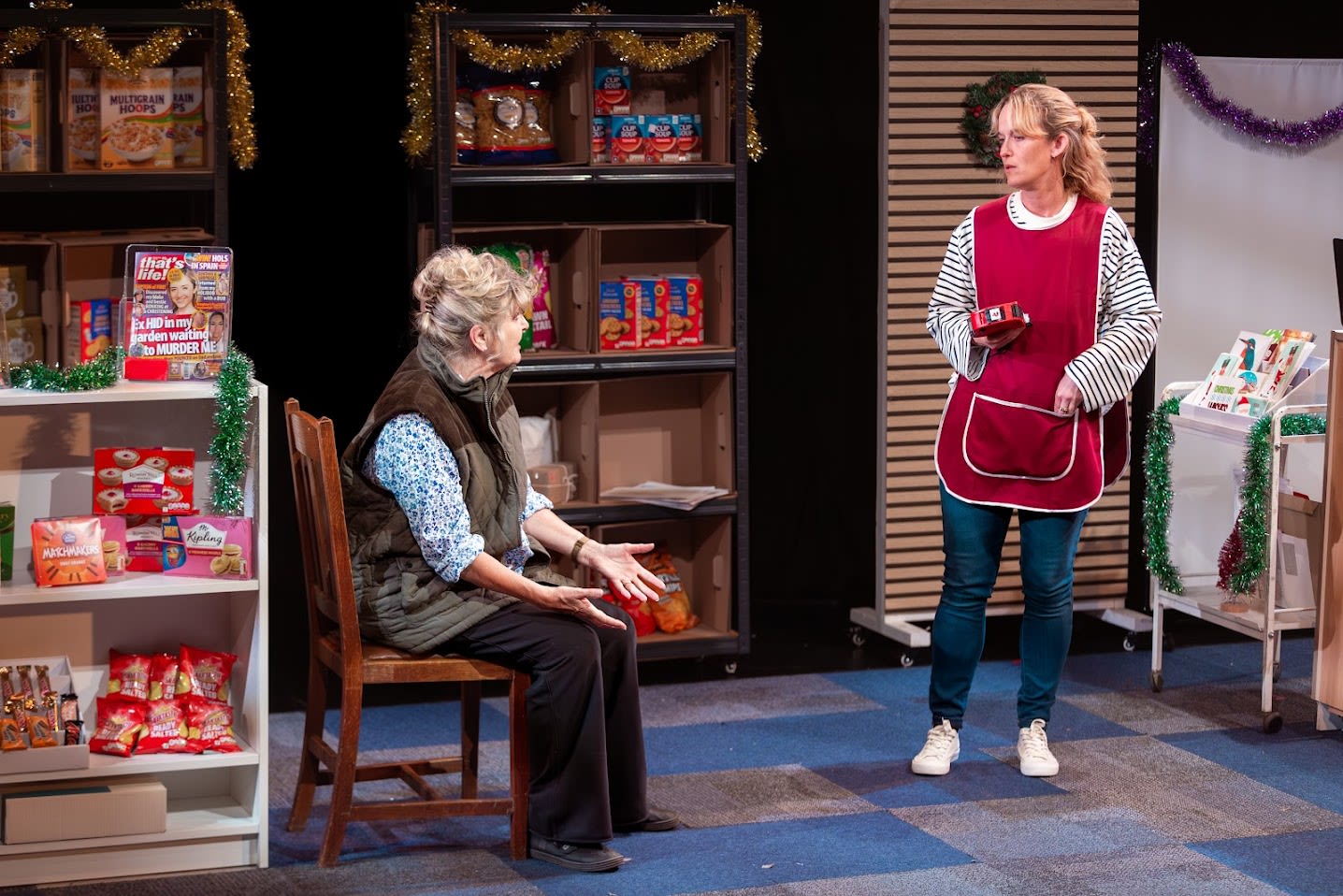
Credit / Annabel Crichard Photography
Credit / Annabel Crichard Photography
Overall, Abbot’s set design masterfully blended realism and versatility, enhancing our immersion in the play’s world.
In this collaborative piece, the writer Zannah Kearns played a pivotal role, Kearns made a point to make this as emotive as possible whilst keeping the cast familiar to us.
Seeing Pam Stubbs, felt like seeing my local Postmaster, just a regular woman who went through something terrible.
Kearns’ restraint in not overdramatizing events too quickly but allowing us to see the real tragedy unfold as it did, meant that I was able to connect deeply with the emotions of the situation.
It’s a powerful reminder that life-changing moments can happen to anyone, those just trying to do their jobs suddenly found their lives upended.
Finally, I would like to give a special mention to the cast, who made this piece come alive.
Elizabeth Elvin embodies Pam Stubbs, the sub-postmistress caught in a web of corporate deceit.
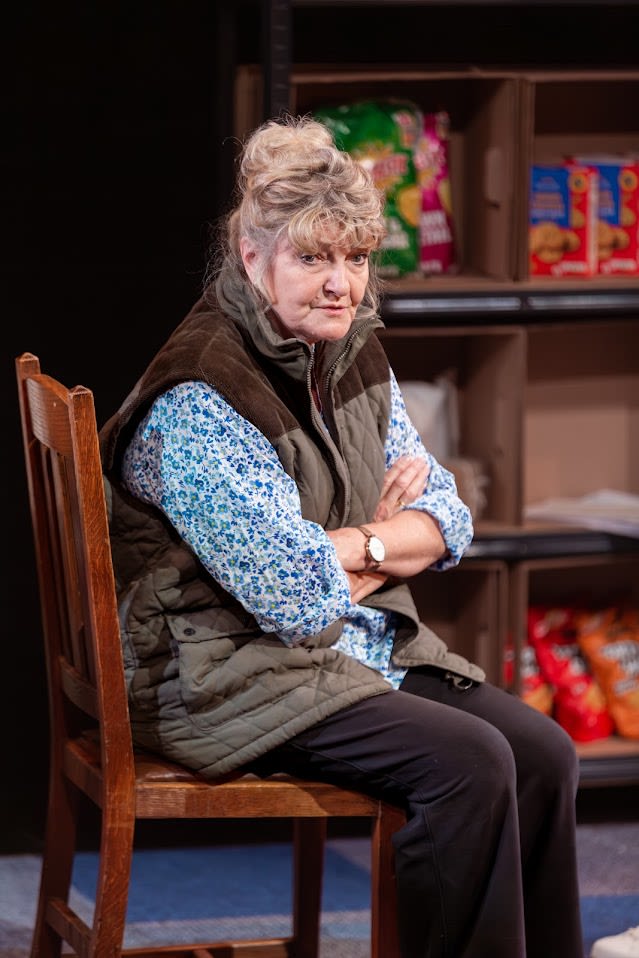
Elizabeth Elvin as Pam Stubbs Credit / Annabel Crichard Photography
Elizabeth Elvin as Pam Stubbs Credit / Annabel Crichard Photography
Elvin’s portrayal is raw and moving, capturing the pressure, determination, and vulnerability of a real-life tragedy. Her talent shines through.
Laura Penneycard plays the role of Nora, a shop assistant in the post office and a member of the ensemble, whilst Penneycards performance of Nora was incredibly believable and quite humorous at times, my heart was struck during her emotional monologues as other victims.
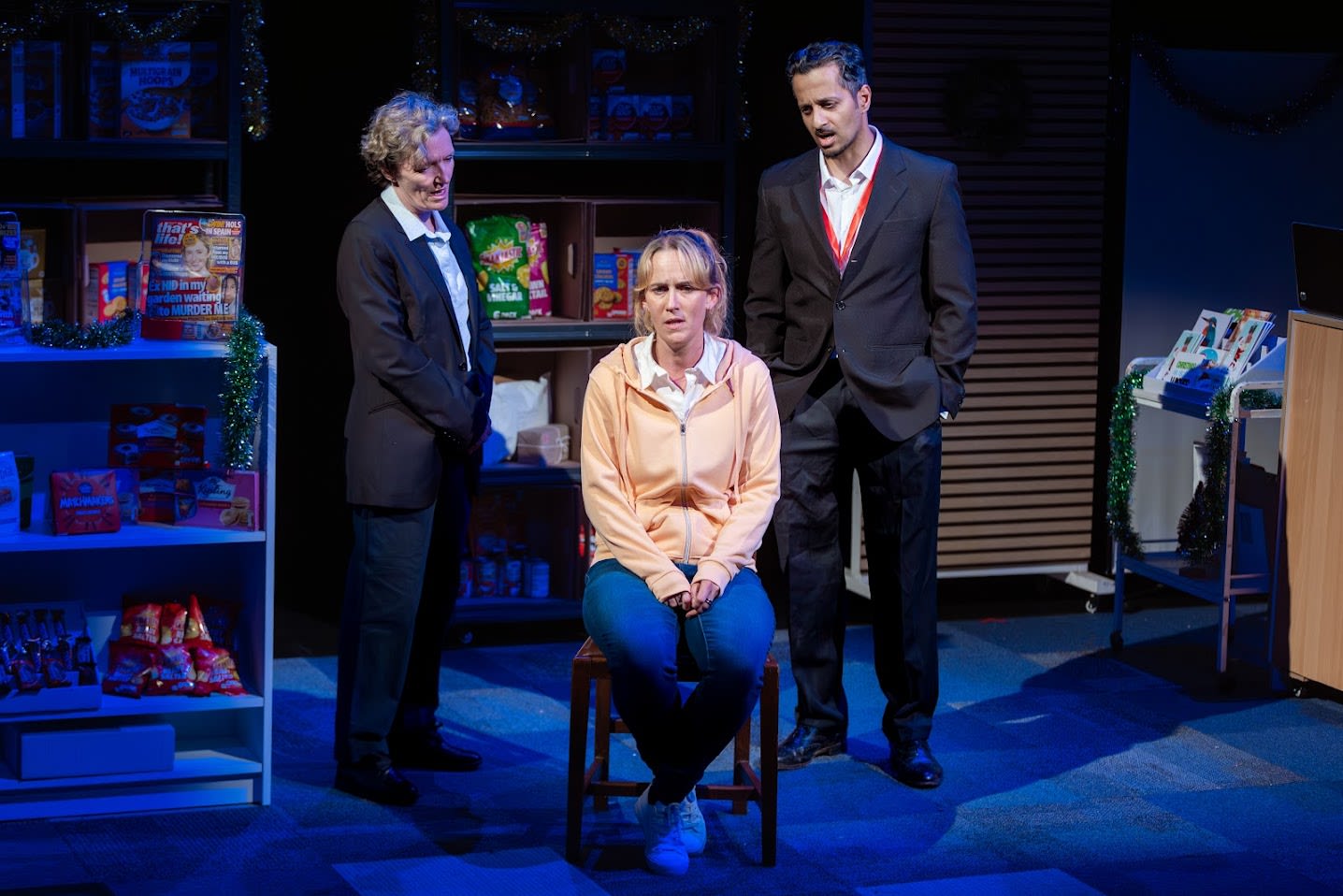
Laura Penneycard as Ensemble Credit / Annabel Crichard Photography
Laura Penneycard as Ensemble Credit / Annabel Crichard Photography
I am in awe of the ease with which Penneycard transformed from shop assistance to traumatized victims. Each role as committed as the one before it.
These smooth and believable transitions between roles were also present within Sabina Netherclift who played Kay & Ensemble and Fayez Bakhsh who played Daljit and Ensemble.

Credit / Annabel Crichard Photography
Credit / Annabel Crichard Photography
There were no shortfalls in the cast for me, each person was as committed to their roles as the other.
There was not a second where I did not believe they were not who they were portraying.
Final Thoughts
It's not easy to tackle such a moving and poignant topic, It is especially difficult when the victim of this story is a real person.
For me, the story was told beautifully and respectfully.
Rabble theatre showed Pam's plea for help and her sheer strength and determination to correct the injustice she and many other innocent people faced.
Within the program, The Writer, Zannah Kearns stated that she hopes to have been sufficiently emotive about the bugs, glitches, and defects.
Kearns achieved this and more.
I would recommend anyone able to view this performance to do it, regardless of how much you know about the story.
Thank you, RABBLE Theatre, and Dani and Toby Davies for bringing such a significant performance to the stage.
Most importantly, thank you, Pam Stubbs, for sharing your journey and allowing us to bear witness to the traumatic events you faced.
